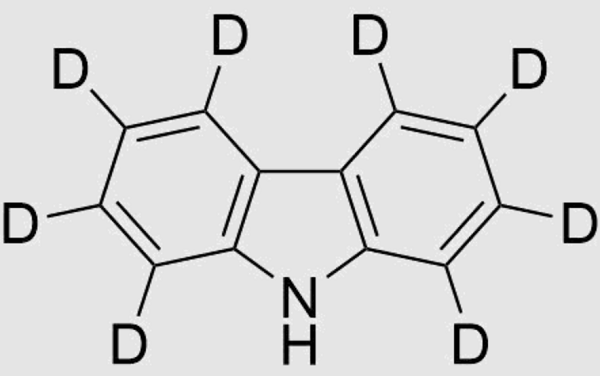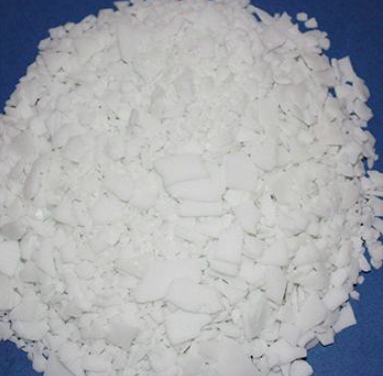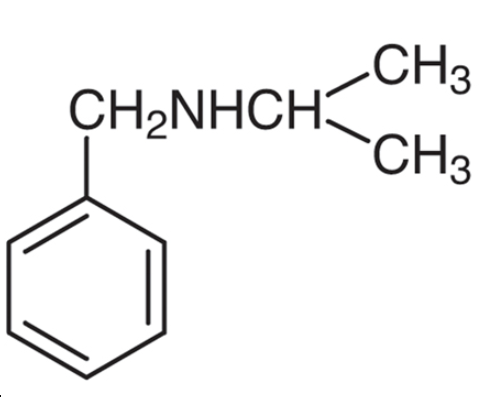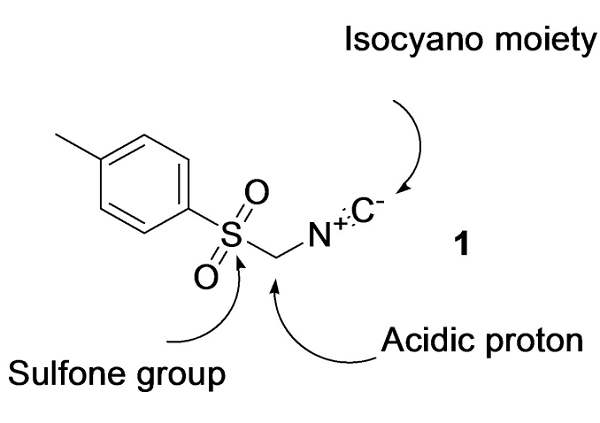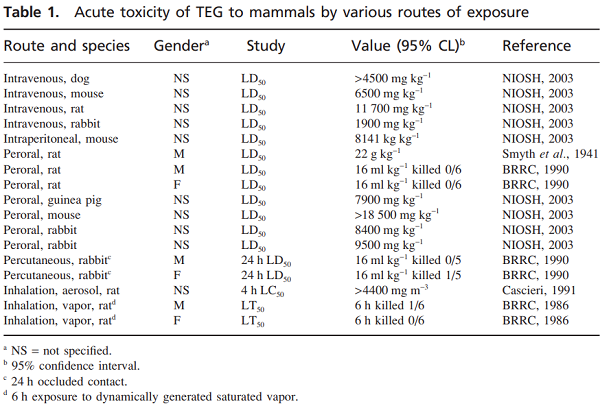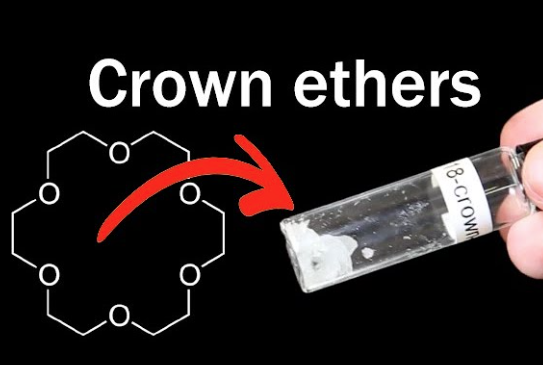From early AD to mid-19 century, people mainly use the natural organic substance (such as animal and plant extracts) for qualitative analysis or quantitative analysis. From the second half of the 19th century to the 1920s, it had begun to appear of artificially synthetic organic reagent such as using potassium acetate xanthan for test of nickel, copper, and molybdenum; using morin for test of aluminum; using diazo coupling reaction for the detection of Nitrite; using α-β-nitroso naphthol for detection of cobalt; using dimethyglyoxime for nickel test. After the proposal of the special-effects group in the 1930s and the proposal of theoretical analysis of functional groups theory in 1950s, people had carried out large-scale screen of organic reagents in search of special-effects analysis groups for different ions and had successfully synthesized a lot of agents of practical value (such as copper reagents, new copper agent, cadmium reagents, beryllium reagent, thorium reagents, etc.). Before the 1950s, the complex compound, in analytic chemistry, is mainly used in the aspects of the precipitation reaction of a binary chelate for the qualitative detection, precipitate isolation and gravimetric separation and other aspects. In the early 1950s and 1960, it is mainly in the form of complexometric titration. From the beginning of the late 1960s, the main focus has been moved to the photometric analysis. Meanwhile, it has been also developed of chelate organic solvent extraction.
Q:What is the use of Carbazole-d8
A:It is also known as deuterated carbazole. Carbazole D8, a deuterated variant of carbazole with eight deuterium atoms, finds several important uses in scientific research and industrial applications.
Jun 18,2024 Organic reagentsQ:The uses and toxicity of 2-Phenylphenol
A:2-Phenylphenol is the common name for biphenyl-2-ol (IUPAC). This substance is considered by the International Organization for Standardization (ISO) not to require a common name.
Jun 17,2024 Organic reagentsThe brief introduction of N-isopropylbenzylamine
N-isopropylbenzylamine is originally used as a precursor or intermediate in the chemical industry.
Jun 3,2024 Organic reagentsTosylmethyl isocyanide: Reaction profile and Toxicity
4-tolylsulfonylmethyl isocyanide is also known as TosMIC or tosylmethyl isocyanide. TosMIC is a multipurpose synthetic reagent. It is by far the most versatile synthon derived from methyl isocyanide.
Jun 3,2024 Organic reagentsThe toxicity of Triethylene glycol
Triethylene glycol (TEG) has been used for natural gas dehydration, as a humectant, solvent, and chemical intermediate in synthesizing resins, plasticizers, lubricants, and polyurethanes.
May 14,2024 Organic reagentsIs 1,4-benzoquinone a toxicity compound?
1,4-benzoquinone is genotoxic and mutagenic.
May 11,2024 Organic reagentsThe Synthesis method and Toxicity of 18-Crown-6
The compound known as 18-crown-6 is one of the simplest and most valuable of the macrocyclic polyethers.
May 10,2024 Organic reagentsDoes melamine migrate from melamine-formaldehyde tableware into foods?
Melamine is an inexpensive synthetic compound that becomes melamine resin when combined with formaldehyde. This melamine formaldehyde resin is used to make melamine dishware and hard plastic tableware
May 9,2024 Organic reagentsThe uses of N, N-dimethylformamide dimethyl acetal in organic
N, N-Dimethylformamide dimethyl acetal, also known as DMF-DMA or 1,1-dimethoxytrimethylamine, belongs to the class of organic compounds known as carboxylic acid amide acetals.
May 9,2024 Organic reagentsAn investigation into the toxicity of mesitylene
The effects of mesitylene on health, mainly developmental or neurological toxicity, were evaluated only in vitro and epidemiological studies
May 8,2024 Organic reagents



